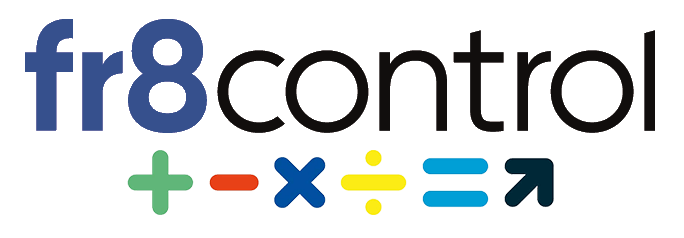Our Model
With our model, we accompany our customers step by step on the way to a high-performance transport logistics. Optimization potentials are realized and financially calculable as savings.

All freight information and logistics service providers worldwide are operationally implemented in our freight management system. The customer receives the full transparency of the different service provider, cost development and volumes to monitor and optimize the transport costs. Globally producing companies with a high number of logistics service providers and different ERP systems receive a standardized data pool.
Many companies do not have a standardized rate format and use the formats of the service providers. As a result, prices for the same services and routes are often not directly comparable. Our rate management creates the necessary comparability and shows different rate formats in a transparent and standardized way. This is the basis for further simulations for cost reduction (what-if simulations) or price comparisons between service providers. We also support our customers in designing standardized rate formats for all modes of transport.
A 100% invoice checking of all transports without technical support is time-consuming and hardly feasible. In the case of missing or random audits, companies pay an average of 2 to 3.8% on freight costs too much. By default, our service includes a full invoice verification and guarantees 0 € over-invoiced invoices. In addition, freight invoices can be pre-assigned according to all required criteria.
As part of our invoice management, we find differences in freight invoices. The complaint of the differences at the service providers can be passed comfortably to us. We will automatically contact the service provider through our email escalation process and ensure the receival of the credit notes.
Continuous Improvement is a popular buzz word, but often fail in the practical implementation. Next to the right attitude, technical support is required to continuously and regularly compare the actual states and target states with the KPI’s. System-based KPI’s are the basis for us to constantly track the performance and cost development over the timeline together with our customers and to take corrective action when needed and to define common measures.
Many customers have their own specialized staff, which deals strategically with the purchase of freight rates and the evaluation of tenders. The evaluation of the RFQs is often done in Excel. This procedure is absolutely sufficient to a certain degree of complexity. If, for example, a RFQ for European road transport is running with several plants and many thousands of transports, the limits of the calculation options can be quickly reached with Excel. Here we can support our customers with the RFQ support and our simulation software. The customer receives short termed simulation scenarios, to evaluate the results and prepare his service provider meetings.

